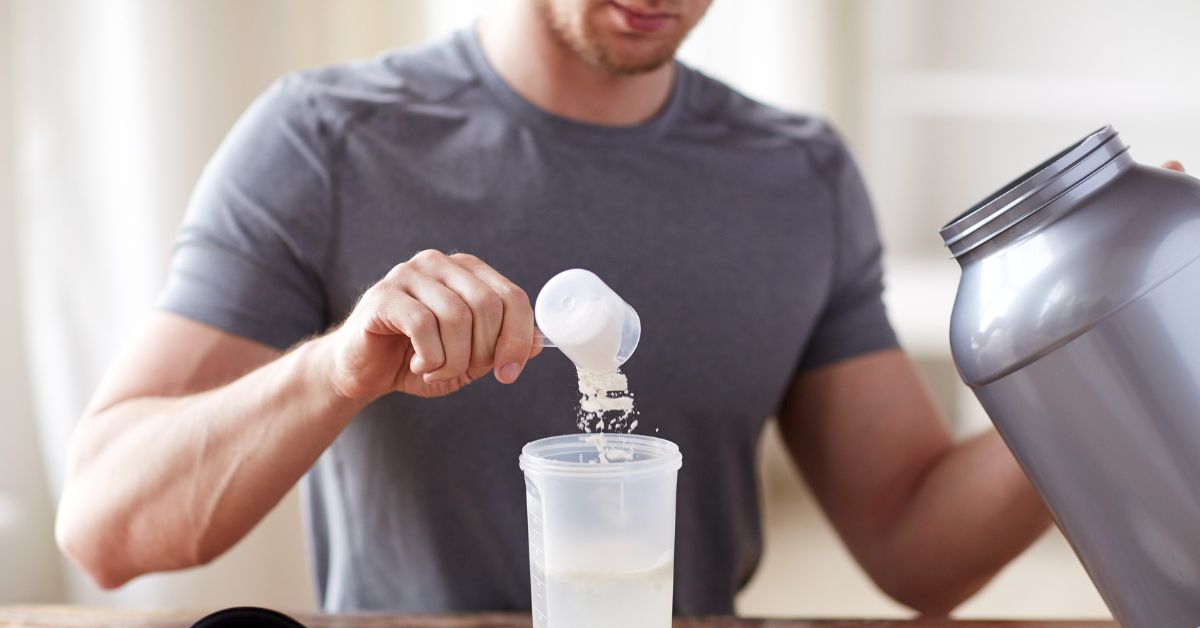Whether you’re going to the beach, mountain or lake — here’s how to have a safe trip
Is the great outdoors calling your name this summer? Stretch your legs while enjoying nature’s beautiful beaches, mountains and lakes. Before you begin to jump, splash and climb, pay attention to safety tips that are unique to each setting.
Beach safety tips
Soaking up the sun at the beach while inhaling the scent of salt water is one of life’s pleasures. Keep safe by following these tips to prevent injury and illness. Learn how to swim in the ocean. Knowing it’s tricky to swim in the ocean can be half the battle — be aware of its undercurrents, surf, rip currents, shifting sand and sharp objects on the floor. If a jellyfish stings you, the injury requires medical attention. Heat stroke or heat exhaustion may happen, too. Prepare by making certain you and your family stay safe at the beach. Do the following things:
- Watch the weather.
- Stay hydrated and alcohol-free.
- Choose a spot close to a lifeguard.
- Learn how to spot a swimmer in distress.
- Know where the first aid station is located.
If you’re going to a beach that uses flags to indicate water conditions, know what the colors mean. Red flags mean dangerous conditions, such as strong surf and currents. Yellow flags let you know the conditions are moderately rough. Green flags mean calm waters. Blue or purple flags let you know that there’s potentially dangerous marine life nearby. If you don’t know what these flags mean, speak with a nearby lifeguard or public safety professionals.
Mountain safety tips
Taking a hike in the mountains is a great way to exercise and stay cool in the shade. Besides the right clothing and footwear, you’ll need shelter, food and water when you’re in the woods. It doesn’t matter how long or how short your hike will be. Tell another person where you’re going and, most importantly, when you plan to come back home. Tell your friend or loved one that if you aren’t back by that date or time, they should contact the authorities to search for you. Next, check the weather before you head off hiking. That way, you know what gear to bring, including:
- Bug spray
- Sunscreen
- Rain jacket
- Warmer clothing
- Extra water and snacks
If you don’t know the area, it’s important to follow these two hiking safety tips. Bring a map of the trails. Before your hike, study any alerts, including areas of poisonous plants or local wild animal habitats. Start early so you’re hiking during the daylight hours. That can help you avoid getting lost as the sun is setting.
Lake safety tips
Safety tips at the lake differ from the beach. Lake water is usually calmer than ocean water, but there are things lurking beneath the surface. If you’re tempted to jump off a lighted boat dock or a boat nearby, stop. There may be electricity in the water that could cause electric shock. There may also be debris near the dock.
Another critical lake safety tip is to avoid drinking the water. Untreated freshwater in a lake is not fresh enough for drinking. If ingested, the bacteria in lake water can harm your body.
If you’re taking a trip this summer, travel safety tips can keep you and your family healthy. Find hospitals and urgent care clinics in your community or near where you’ll be staying during vacation. If you have any medical questions, it’s always a good idea to speak with a doctor. Find a physician near you today.
Interested in more stories like this? Our Summer Survival Guide is full of healthy living tips to start your summer right. Learn more here.






